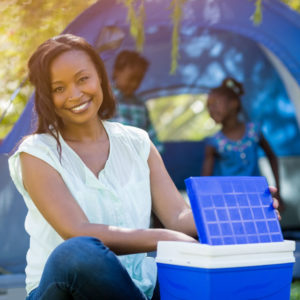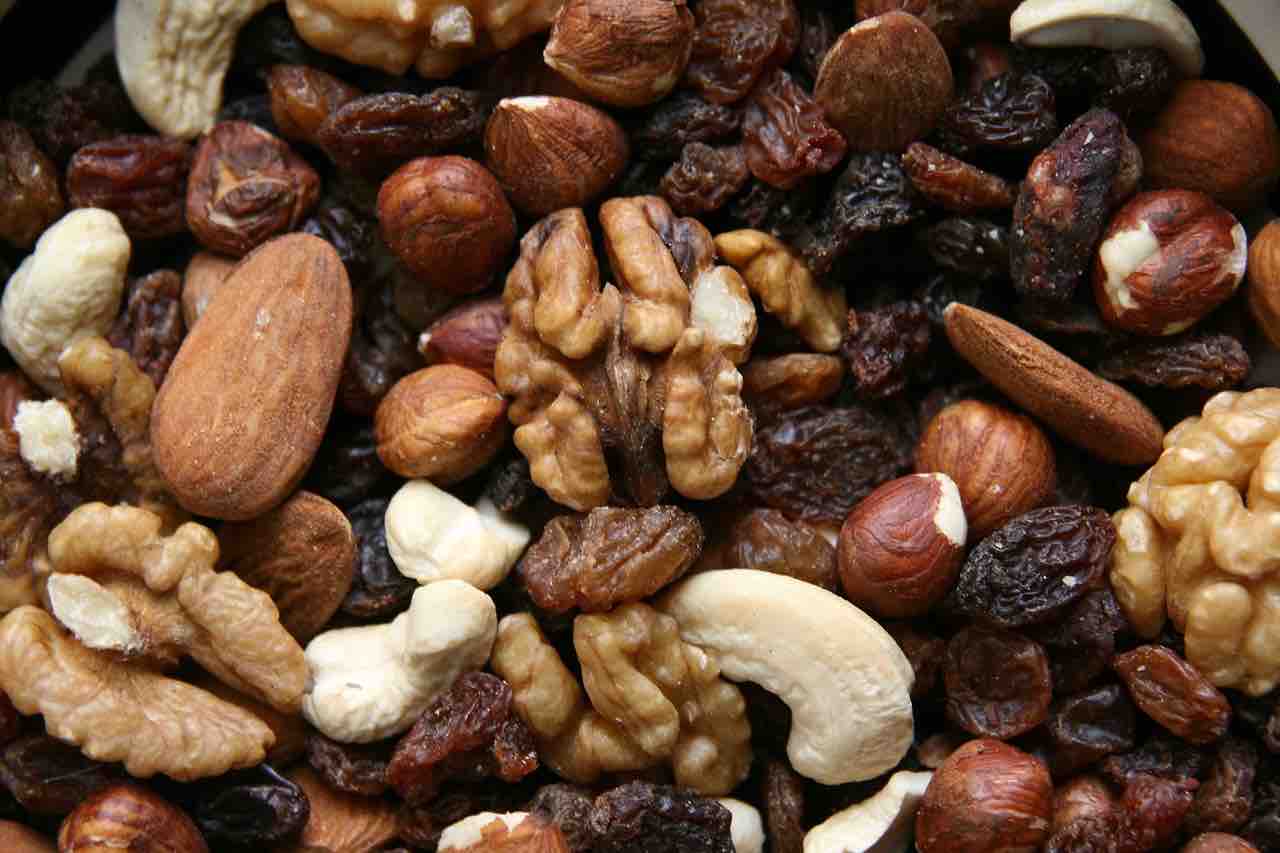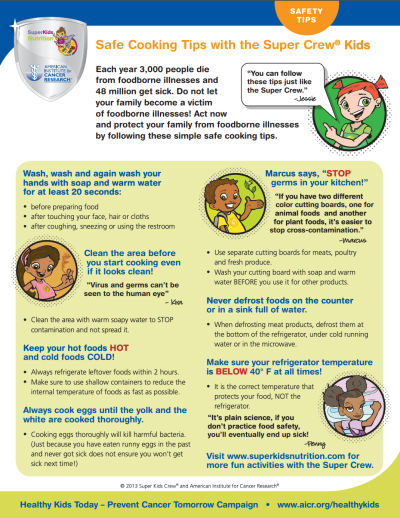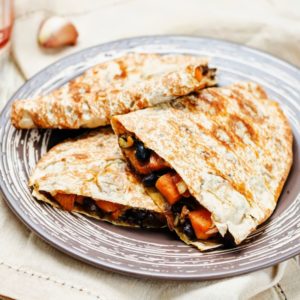
Did you know that foodborne illnesses increase during the summer months? Take action now for your child’s food safety this summer.
We tend to spend more time outside picnicking, barbecuing, and sharing food at summer potlucks. These outdoor summer festivities often lack the safety controls of a kitchen, such as thermostat-controlled cooking, refrigeration, and dish-washing facilities. Bacteria love this summer weather because they flourish in warm temperatures and humid environments. Infants and children under 6 years of age, pregnant women, and the elderly are high-risk populations. Luckily, there are some simple steps you can take to keep your food safe and family healthy.
In order to avoid contracting and spreading foodborne illnesses, it’s important to understand and follow safe food handling protocols. If you don’t have access to running water or an insulated cooler, a little planning ahead can go a long way to keep your friends and family safe. Here are some simple strategies that may save the day at your summer get-togethers.
Keep surfaces clean.
Pack clean, wet, disposable washcloths, wipes, or paper towels to cleanse hands and food preparation surfaces. You can also bring along an extra container of water to use to wash things off. If you’re planning on using a grill at the park, make sure to bring your supplies to clean that as well.
Keep food cool.
Freeze juice boxes, water bottles, grapes, or any other picnic items that can help keep your cooler colder. Keep the cooler in the coolest part of the car or under the shadiest tree. A full cooler is more effective than a partially filled one, so make sure to fill it up! Keep it closed as much as possible.
Watch the time.
When the outside temperature is 90 degrees Fahrenheit or above, perishable food should not be left out for over one hour. Follow food safety 101 and make sure everyone knows that the hour window is their chance to get their serving of the food! Set a timer on your phone as a reminder.
Pack smart.

Consider packing items and snacks that do not need refrigeration, such as whole fruits and vegetables, hard cheeses, canned or dried meats, bread, trail mix, or peanut butter and crackers. Be extra cautious with the following foods, as they are even more likely to harbor bacteria that can cause foodborne illnesses:
- meat, poultry, fish, shellfish
- eggs
- milk and dairy products
- cooked plant foods (such as beans, rice, and cooked veggies)
- cut fruits (especially tomatoes, melons, and salad greens)
- sprouts
- garlic and oil mixtures
Grill right.
Cook meat and poultry at the picnic site – don’t try to cook them before heading out of the house. Partial cooking ahead of time allows bacteria to survive and multiply, even after subsequent cooking!
Check temperatures.
Pack a food thermometer to check the internal temperatures of meats, and make sure to heat to the proper temperature. If you have a little one cooking with you this can be a fun time to teach safe temperatures for foods. Some thermometer cases even have the temperatures on them.
Avoid cross-contamination.
Bacteria from raw meat, poultry, or seafood can contaminate fresh fruits, veggies, or other foods. Make sure to keep these foods separate when storing, transporting, and preparing!
Be safe from the start to the end.
When packing food to enjoy at summer events, making sure the food you pack is safe from the get-go is imperative! Check out our guidelines on food expiration and when to toss it. Then check out the Super Crew’s Safety Tips.
When it’s time to clean up, be careful with leftover picnic foods. Toss any food that was left out over 40 degrees Fahrenheit for over two hours. As mentioned above, if the temperature was over 90 degrees F, food left out should be tossed after one hour.













